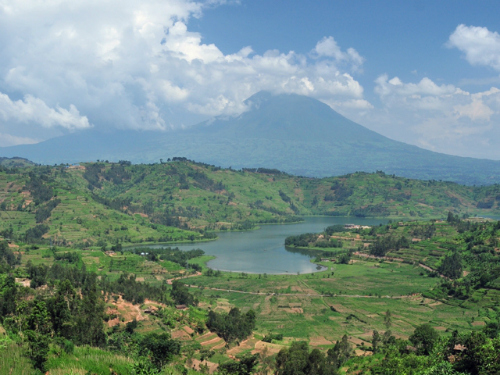It’s a sad fact of human nature that every few years a new conflict flares up. For whatever reason opposing groups turn to violence in an attempt solve their differences, often resulting in nothing more than widespread harm to those caught in the middle.
Even more tragically, the scars of these conflicts often linger long after the last shot has been fired, with the wreckage of proud cities slumped where thriving communities once lived.The innocent casualties can continue after the combatants have laid down their arms, as landmines and unexploded ordnances detonate under the feet of farmers and children.
Consequently it can take many years following a conflict for visitors to feel confident to return, delaying any economic recovery. Thankfully, there is always a wave of intrepid travellers willing to explore these bruised countries, bringing back tales to entice a second wave of tourists.
Expats considering a move abroad, or even a short holiday, should always consider the current situation at their destination and follow advice from their governments. But that doesn’t mean that once risky destinations should stay off-limits forever.
The countries on this list all have a sad history of bloody battles, but now face a bright future of recovery and optimism.
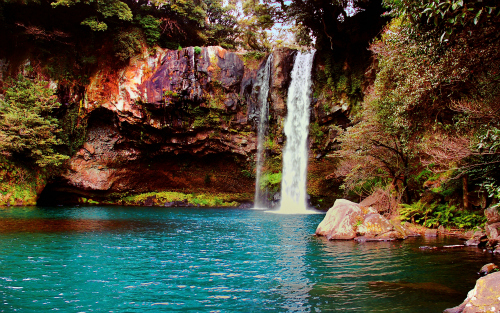
© Douglas Knisely
The Korean Peninsula spent much of the 20th century being fought over by various forces, enduring a brutal occupation by Japanese forces during World War II.
But it was the decade after the war that saw Korea’s biggest trauma, one that technically hasn’t come to a close yet. Communists in the north attempted to seize power and began advancing south. The UN put together a force to throwback the advancing communists, pushing them all the way to the Chinese border. The Chinese Army entered the fray in wave after wave of attacks, pushing the UN forces hallway down the peninsula.
A ceasefire was signed that split the country in two and has kept an unsteady peace for over 60 years. Whilst a full peace deal is still to be settled, the democratic South has enjoyed a half-century of growth and development.
Now a leader in technology, robotics and software development, Korea also knows how to play hard as well as work hard. Increasing numbers of tourists are flocking to the country to explore its history, stunning landscape and unique culture, both ancient and the neon-lit pop variety. Skiers and snowboarders hit the slopes in Kangwon-do province for some of the world’s finest powder snow.
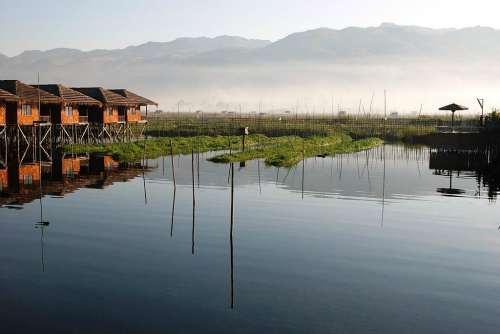
© Thomas Schoch
Myanmar has been the stage on which countless wars have been fought since 1948. Since gaining independence from Britain, the country has seen multiple conflicts between various ethnic, religious and political groups. A military dictatorship from the 1960s to 2011 saw oppression of civil rights and allegations of genocide.
Recent elections promise to deliver a freer society with a liberal democracy finding its feet under the leadership of Aung San Suu Kyi’s National League for Democracy. The prospects for peace look promising, with a sharp decline in civil unrest since the elections.
This optimism is attracting a new wave of visitors, although only to permitted areas; small parts of the country are out-of-bounds to foreigners. This is an attempt to keep tourists out of danger in areas experiencing low-level violence.
Improvements in infrastructure make it easier than ever to explore the country and its rich Buddhist heritage, including the city of Bagan. The citadel is a compact complex of ornate 11th and 12th century temples, combining Indian and Chinese architecture on a site as rich and well preserved as Cambodia’s Angkor complex.
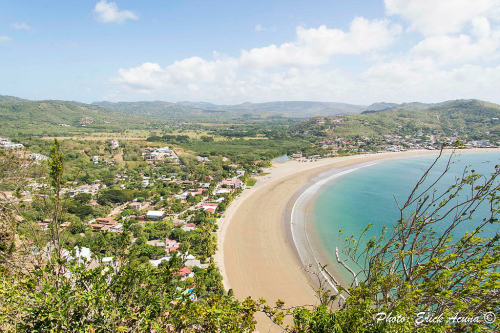
© Eacuna23
The Spanish granted Nicaragua independence in 1821 and the country immediately descended into civil war, ending only with a corrupt dictatorship.
The Marxist Sandinista National Liberation Front eventually deposed this tyrant after a 30-year civil war. The war was a proxy campaign, with either side supported by Soviet and US covert operations. A complex and brutal war was brought to a close with elections in 1990. While political intrigue still continues, Nicaragua remains peaceful.
A relatively small country, Nicaragua enjoys a wide range of habitats, from steamy jungle highlands to the tropical Caribbean coast. Unrivalled biodiversity has been well protected by national parks, biological reserves and new laws to ban freshwater fishing.
Ecotourism is proving to be a popular option for visitors keen to explore the natural wonders of Nicaragua without damaging them. Green tour companies can guide visitors through the rainforests, along the Rio San Juan river and even diving off the Caribbean coast.
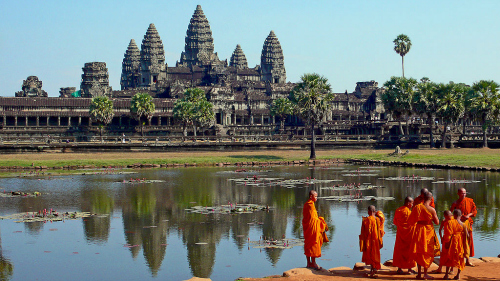
The 1970s saw Cambodia pounded with bombs from a secret American military campaign, laced with landmines and turned over to the hands of a brutal communist regime.
The Khmer Rouge sought to found an equal society by putting back the country to ‘year zero’, executing intellectuals, enslaving millions and abandoning modern life. The capital, Phnom Penh, was evacuated almost overnight, leaving thousands dead and the city a ghost town.
In total an estimated 2.2 million people died as a result of the regime’s rule, which only came to an end when Vietnamese troops stormed the country and a UN peacekeeping force restored order.
Today, Cambodia is establishing itself as a firm favourite on the backpacker trail through South-East Asia. The Khmer Rouge regime’s back-to-basics policy stagnated the economy and prevented the rapid development seen in other nations in the area, making it an interesting country to explore.
Siem Riep and the temples of Angkor are famous around the globe, attracting thousands to visit the lost city in the jungle. The hills are a great chance to explore untouched jungle with some challenging hikes, while the less adventurous can enjoy lounging on soft sandy beaches.
Cambodia is rapidly catching up with neighbouring Thailand in making the most of tourist dollars, with glitzy hotels popping up and a hostel opening in every town. It’s well worth getting to Cambodia soon, before it fills up.
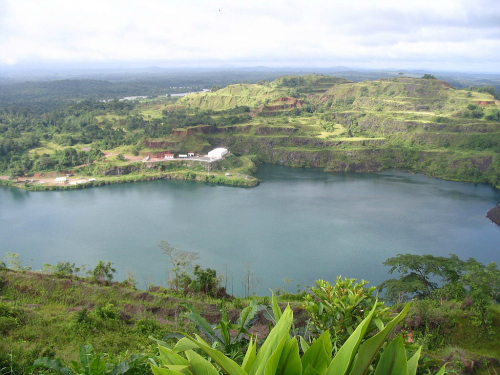
Liberia was torn apart by 14 years of bloody civil war, with fractured factions fighting government forces and each other. The capital, Monrovia, was the site of dozens of smaller wars as the disparate groups rampaged from block to block.
The West African country suffered the fastest economic declines in history, seeing 90% of its GDP wiped out between 1989 and 1995. Now though, the country is rebuilding, both literally and figuratively.
The tensions behind the fighting have almost entirely evaporated and with 10 years of peace behind it, Liberia is rebuilding its tourism sector. Currently the nation receives 61% of its income from cruise ships flying a Liberian flag.
Adventurous backpackers are exploring the coast and further inland, immersing themselves in a culture that is a unique blend of African and American. These pioneers have spread the word about the top quality surfing to be had in the rolling Atlantic waves. Worth exploring with the aid of a guide, Liberia’s rainforests are rich in wildlife.
A serious amount of investment is going into Monrovian hotels, although electric supplies can be intermittent and conditions a little basic in budget options.
Whilst the fighting is over in Liberia, there is a level of crime that travellers need to be aware of.
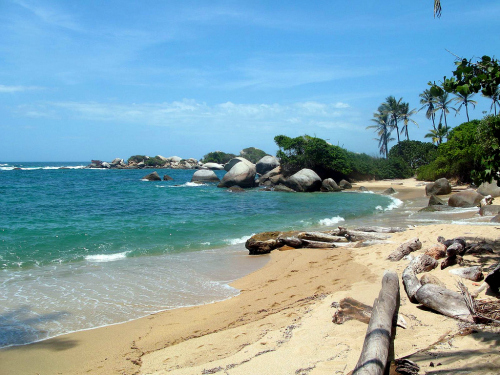
Marxist FARC rebels, as well as other guerrilla and terrorist groups combined with cocaine cartels to rip Colombia apart between the 1980s to early 2000s. Today the country is largely peaceful and the economy is booming.
Also booming are tourism numbers, with 2.5 million visitors in 2014 as opposed to just 0.7 million in 2007. Guests come to explore the UNESCO listed cities of Cartagena and ecotourism is making the national parks a must-see.
Lonely Planet has listed Colombia in the top 10 countries to visit.
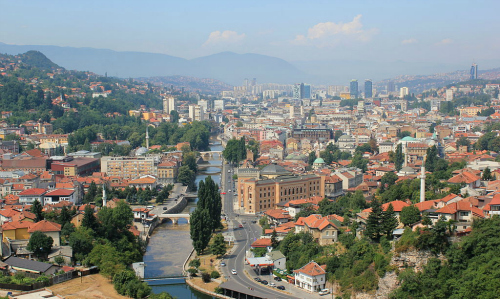
The Bosnian War is a heartbreaking chapter in European history. For three years neighbours turned on each other and military units rounded up civilians for summary execution as the UN watched on helplessly. The entire conflict ended in a stalemate as cities laid in ruins and families searched for the unmarked mass graves that contained the remains of their loved ones.
The capital, Sarajevo, became a byword for civilian suffering as the Yugoslav People’s Army pounded the city with artillery and snipers took pot shots at pedestrians. The medieval city of Mostar was blasted to rubble.
Now, Bosnia is becoming an exciting, action-packed destination for adrenaline junkies. The Neretva river offers white water rafting, kayaking and canyoning, whilst Sarajevo’s 1984 Winter Olympics resort offers challenging courses for skiers and snowboarders. More relaxed pursuits include hiking and fly-fishing.
Be careful in discussing the ethnic and religious differences amongst the population, but seize the opportunity to experience this rich mix of cultures and heritages.
Crime levels are very low in the country, but visitors need to be careful where they go. Many unsafe buildings still stand from the conflict years, and some tower blocks have holes blasted right through them, so be wary of falling concrete.
The biggest concern is unexploded munitions and landmines. Stick to marked paths, as even stepping into the bushes to pee can trigger explosive devices. Derelict buildings may still house live booby traps, so resist the urge to nose around.
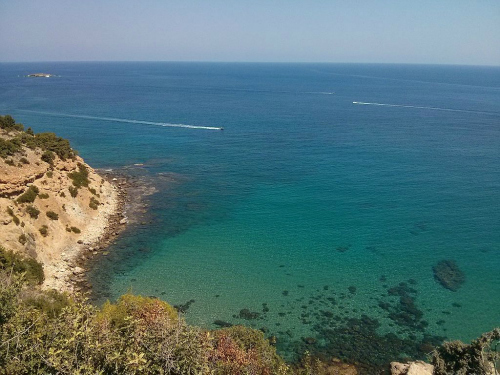
Greeks and Turks spent much of the 1960s fighting guerrilla campaigns against each other and the UN troops were deployed to keep them apart.
Eventually an uneasy peace was established, with the Mediterranean island split in two between the Turks and Greeks. Even today a UN peacekeeping force patrols the border, with two permanent British bases ready to deploy troops should trouble return.
Even with this uneasy peace, Cyprus is a popular destination, perhaps thanks to it having the warmest climate of any EU country. Even receiving double the number of sunlight hours of any northern European country, the island does enjoy winter snow in the Troodos Mountains.
Popular with package holidayers , the island is also home to many smaller self-catering accommodations to give visitors a peaceful Mediterranean getaway.
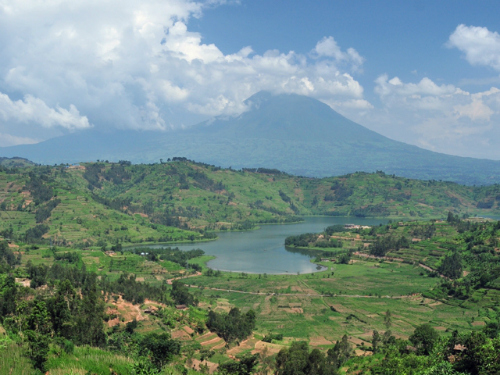
The tiny African country hit headlines in 1994 after an ethnic genocide left an estimated 1 million dead.
Now Rwanda is moving on, seeing a 656% increase in tourist numbers. Visitors come to tour the Nyungwe Forest, Africa’s oldest rainforest and the Parc National des Volcans, which is home to Dian Fossey’s famous mountain gorillas.
Transport around the country is for the adventurous traveller willing to squeeze into a minivan with strangers.
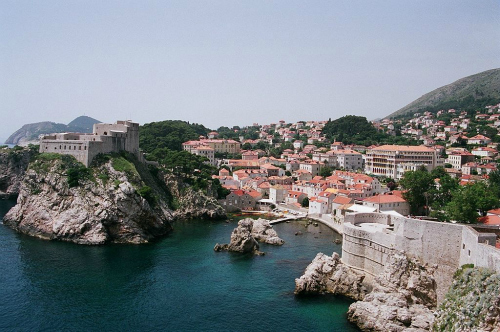
© Raime
Fans of TV show Game of Thrones will recognize the old, stone built towers of Dubrovnik as King’s Landing, capital of the mythical Westeros. But this fairy tale city’s majestic buildings were once on the front lines of a nightmarish war.
After the fall of the Soviet Union, parts of the former Yugoslavia erupted into civil war. No longer subjugated by communist oppression, ethnic groups sought power. Catholic ethnic Croats and Orthodox Serbs struggled for dominance in a four-year war that killed thousands amid allegations of genocide on both sides.
As well as planting over a million landmines within the country’s borders, the war saw the major population centres bombed and shelled, causing an estimated USD $27 billion worth of damage.
Dubrovnik was heavily shelled during a seven month long siege, destroying much of the city’s cultural heritage and tourism infrastructure. Now though, Dubrovnik is once again a tourist hotspot and Croatia extends a warm welcome to holidaymakers from around the world.
The azure waters of the Adriatic are inviting to all and a rich collection of Roman archaeological sites keep culture vultures happy. The port town of Split was so beloved by the Roman emperor Diocletian that he built a palace here, and the town is still a popular destination for cruise ship passengers to explore the ancient town.
Adventure sports are extensively catered for, as are keen nudists who can visit some of Europe’s first dedicated nude resorts.
The shadow of conflict still lingers over Croatia, with minefields marked with warnings and buildings bearing the scars of artillery barrages. Croatia has suffered immensely, but has gracefully recovered and begun to display the same beauty that wowed an emperor.
Article by Andy Scofield, Expat Focus International Features Writer

